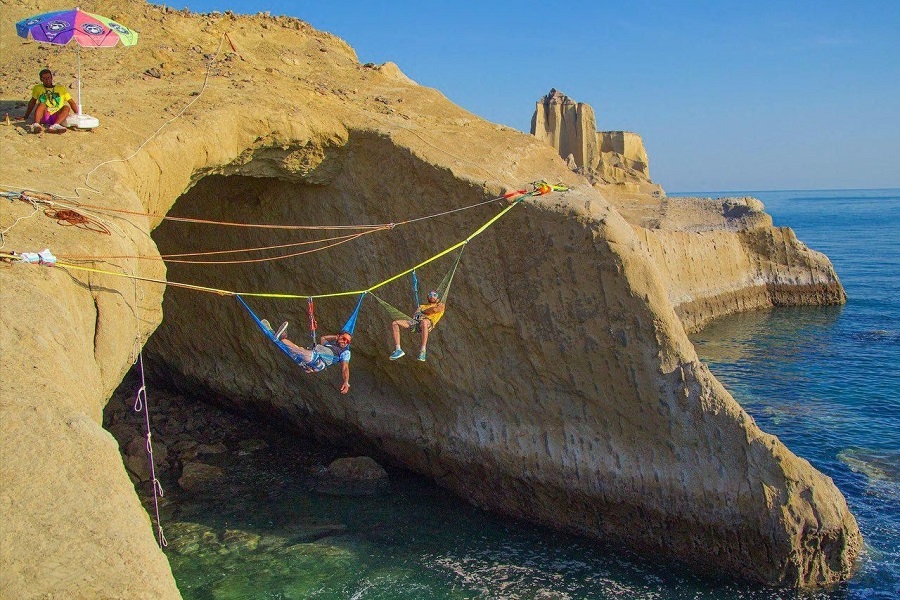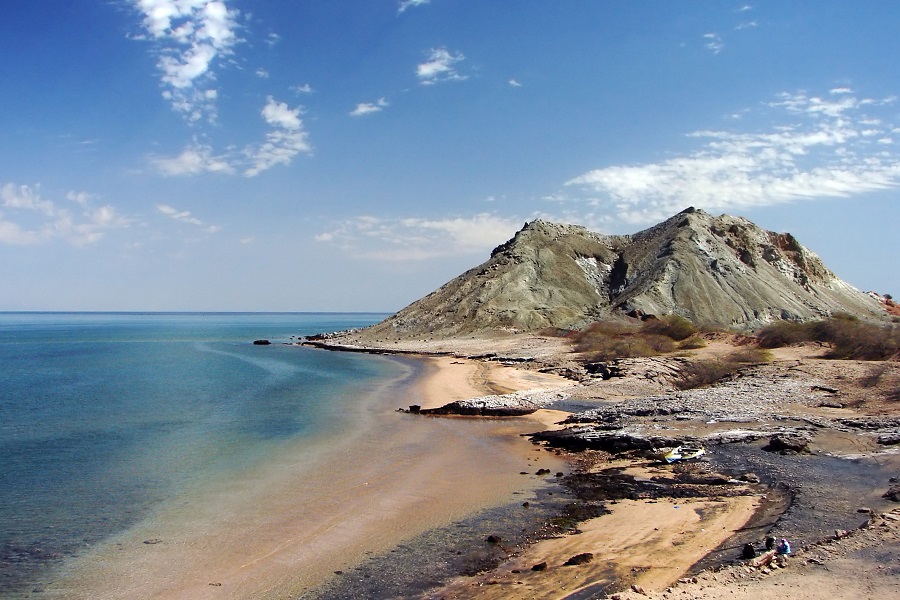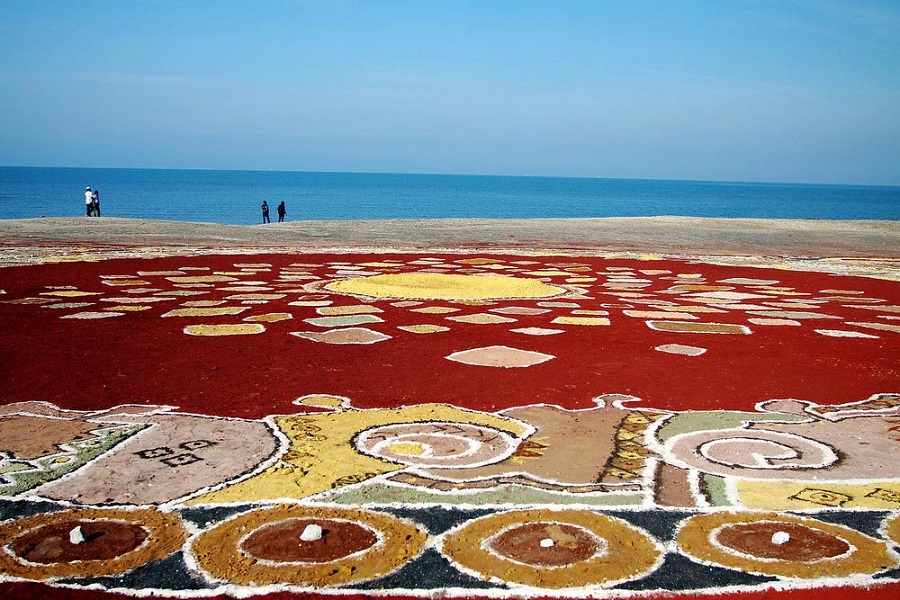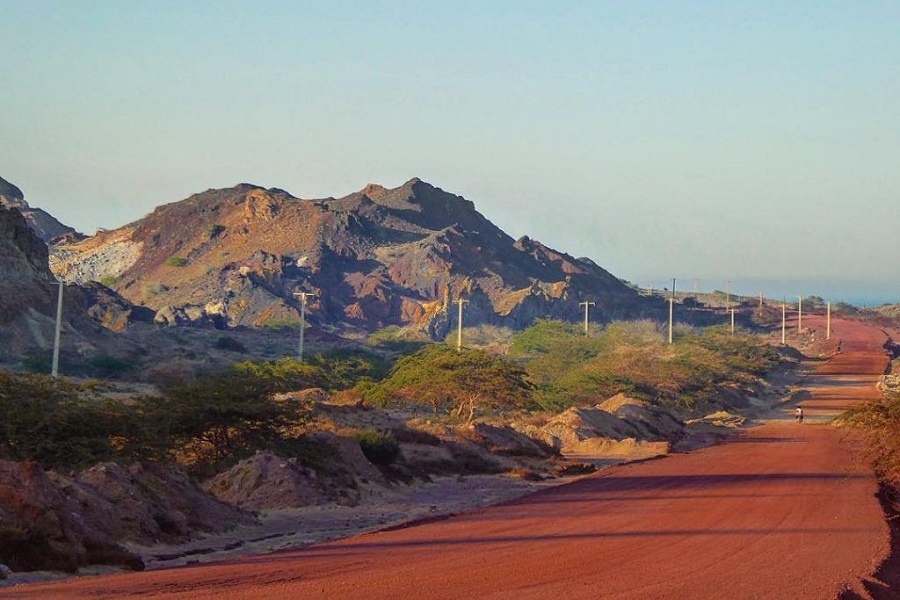 Hormuz
Hormuz 
Hormuz Island is one of the many islands in the Persian Gulf administrated by Iran. One look at Hormuz Island’s map reveals that it is a fairly small piece of land south of Bandar Abbas and east of Qeshm, the largest island in the Persian Gulf. Similar to Qeshm and Hengam Island, Hormuz boasts extraordinary natural tourist attractions. Nature has been incredibly generous with this little piece of land. Hormuz Island’s unique geographical location and weather has played a key role in the formation of its awe-inspiring natural wonders. Geologists have found more than 70 shades of soil on the island. Before being canceled due to the policy of soil conservation, an annual ceremony was held with the participation of hundreds of Iranian artists who created soil carpets on the coast of Hormuz out of the magical soil palette of the island. The phenomenon of colorful soils has brought about extraordinary natural sights in Hormuz such as the Blood Beach (the sands and the water near the coast are blood red!) and Saffron Desert (an arid land, a combination of yellow rock salts and volcanic rocks) are only two of the many instances in which the invisible hand of nature has generated beautiful sights. There are also many salt caves and mountains on the island, the most famous being the Snowy Mount, a mountain made entirely of salt rock . Wind and water erosion have created another spectacular natural sight known among the locals as the Valley of Statues. Here you will find many gigantic eerie and surreal shapes that watch over one of the most pristine beaches on the island. Nature hasn’t been the only contributing factor to the prominence of Hormuz. Given its strategic location near the Strait of Hormuz (a major shipping and trade route), the island has always been at the center of global conflicts in history. During early 17th century many of the islands of the Persian Gulf including Qeshm and Hormuz came under the control of Portuguese imperial forces. They built many barracks and strongholds to defend against Iranian and British attacks. Fort of Our Lady of the Conception, a remnant from Portuguese rule still stands in ruins in Hormuz. The Portuguese continued their rule until Imam Quli Khan, a Georgian military officer under Abbas The Great of the Safavid dynasty put a siege to Hormuz , ultimately defeating the invading army and regaining the control of Iranian islands.
Book a Hormuz Hostel






0 Comment(s)
|
Comments and Reviews |
|
|